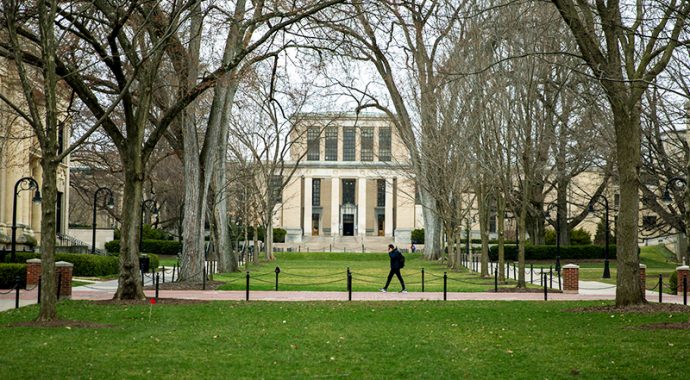
by Elizabeth LaScala, PhD
When asked about the impacts of COVID-19 on college campuses this coming fall, University of Virginia’s President, Jim Ryan, nailed it in an interview on Face the Nation: “College campuses are a difficult and challenging place for contagious viruses.” Soon after, as if to verify this statement, the California State University announced that classes at its 23 campuses would largely take place online. President Ryan is not alone; colleges nationwide are trying to figure out how they can welcome students back to campus safely.
Faced with these challenges, the overarching concern for all colleges, and especially for those already financially stressed, is ‘If we open, will they come?” The answer is ‘It depends.” COVID-19 and its trajectory will impact different types of college systems in different ways, and school size, its location and surrounding community’s population density will each play a role in what schools decide to do. Take for example, large public state universities like Georgia Tech, UC-Berkeley, and University of Michigan, that are popular with both in and out-of-state students. These systems may face political pressures to keep resident tuition and fees low in the face of economic impacts due to COVID-19. Some states may also insist that their public universities offer more residents seats in their freshman and transfer classes. If that happens, to compensate, public universities could raise tuition and fees to non-residents and give them lower priority for scholarships. In this case it is likely that many families of non-resident students, especially those who are experiencing financial stresses, will look for a better offer from a private college or opt to attend their home-state university.
Large public state universities with honors colleges may fare better in terms of student enrollment than those without honors colleges, especially those that are more geographically isolated. Honors colleges offer the academic experience of traditional liberal arts colleges – small classes, faculty attention and undergraduate research opportunities – but at a lower price tag and with the social and cultural benefits of that make larger schools so popular with high school students. Certain rural state university systems, like those in Louisiana and Iowa, are making plans to open in the fall. University of Iowa, for example, states that 90% of their student body is under 35 years of age and at lower risk of serious COVID complications. Still, these universities face challenges like protecting older faculty and keeping staff and students with underlying health conditions safe
In contrast to large public universities, small liberal arts colleges, like Bowdoin and Williams, as well as mid-sized private research universities, like Georgetown and Tufts, will have different challenges with enrollment. These schools are built around a residential campus experience. If they are forced to teach remotely in some capacity, they will lose the unique quality that gives them their competitive advantage. The most highly ranked and well-endowed colleges may offer incentives to make it worthwhile to enroll, including tuition and fee reductions, but the less selective colleges with fewer resources may be forced to close their doors or combine with other colleges in order to stay solvent. A few liberal arts colleges are being especially nimble, finding ways to adjust with creative learning models. Beloit College in Wisconsin plans to offer a module-based semester which is more efficient and can accommodate face-to-face as well as remote learning with seamless transitions.
While responses by individual schools will vary, I believe most will plan on some sort of remote learning component, possible just for large lectures, and offer students and faculty a choice between classroom and online instruction. Some universities, like Penn State and Arizona State already have a time tested, well-tuned capacity to offer online degrees, however, the capabilities of other schools vary greatly. And, if we have new surges of COVID-19, schools that opened may once again be forced to close. My recommendation would be to select a college to attend that can prove it has high-quality programming and can manage a seamless transition between online and in person instruction. For current juniors planning to apply to college next fall, I advise the addition of this factor in the construction of a well-matched college list.
Now more than ever, a college education is an essential first step toward a fulfilling career. I am an expert at college matching and have made it my business to stay up to date and informed on the dramatic and ever-changing impact COVID-19 is having on higher education. Staying current and compassionate are critical to providing my students and their families with the information they need for wise decision-making. I encourage you to contact me now for a courtesy consultation.



